Perfect pavilion: Casa Graciela lets the Mexican nature in
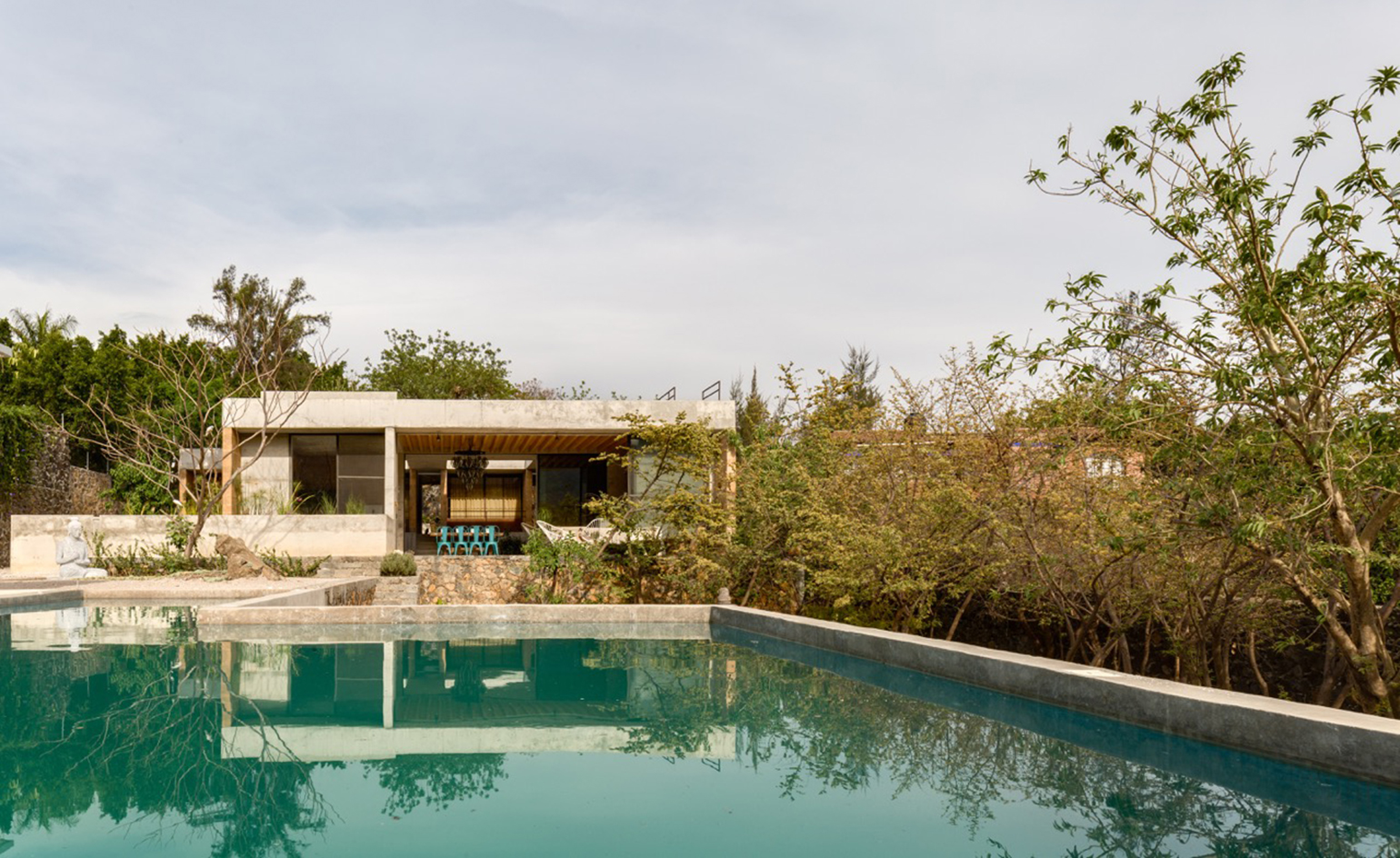
When designing Casa Graciela, a weekender in the popular vacation area of Santiago Tepetlapa, Mexican architects Jorge Ambrosi and Gabriela Etchegaray had a number of environmentally-focused goals. The Ambrosi Etchegaray founders wanted to establish an uninterrupted relationship between built environment and place, and to optimise the found terrain, as well as the outdoor lifestyle, which can be enjoyed all year round in this consistently mild area.
To achieve this they broke up structural elements, such as terraces, stonewalls and concrete slabs, submerged outdoor platforms in the landscape, and allowed nature to weave in and out of the various architectural spaces. A large terrace was also constructed at the property's highest, rear, point to best appreciate views.
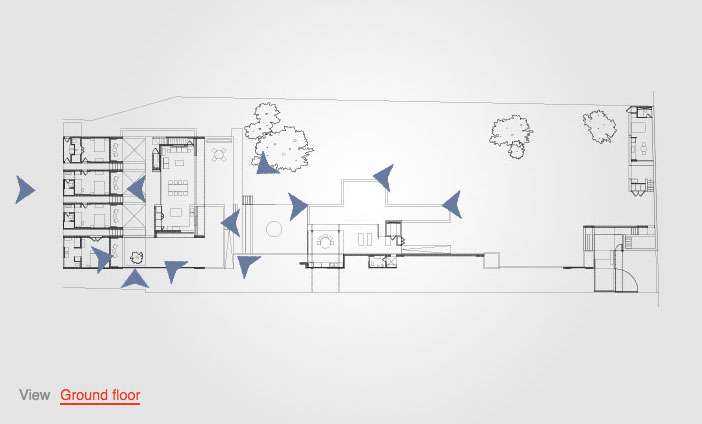
Take an interactive tour of GP House
Structures were built by local people from stone, adobe block, timber, marble and concrete, which were all sourced in the region. These raw, simple materials were chosen to emulate the materiality of the local architecture, and for the fact that they will increasingly blend into their setting with age.
As so often happens in life, the biggest project challenge came from the thing that initially attracted. This remote and ruggedly beautiful setting lacked full utility infrastructure - in particular, the site had no available potable water or close power main. In the end, Ambrosi and Etchegaray found solutions to these challenges, which were not only practical, but greatly enhanced Casa Graciela's aesthetic and atmosphere.
In addition to installing cisterns for potable water collection, rainwater needed to be gathered for passive irrigation of planned landscaping. The latter challenge ultimately inspired a sequence of striking, water elements, including a gravity-fed water channel, which falls from the property's highest point - through contemplative ponds and a lap pool - to the cultivated gardens on the property's lower levels. These serve to reduce the local high and dry temperatures while creating a cool and contemplative environment, which is enhanced by the omnipresent sound of moving water.
Casa Graciela's open pavillion faces a horizon of jagged mountains and its dispersed structures and ponds hug the undulating terrain to finally create a home with beautifully blurred lines between inside and out.
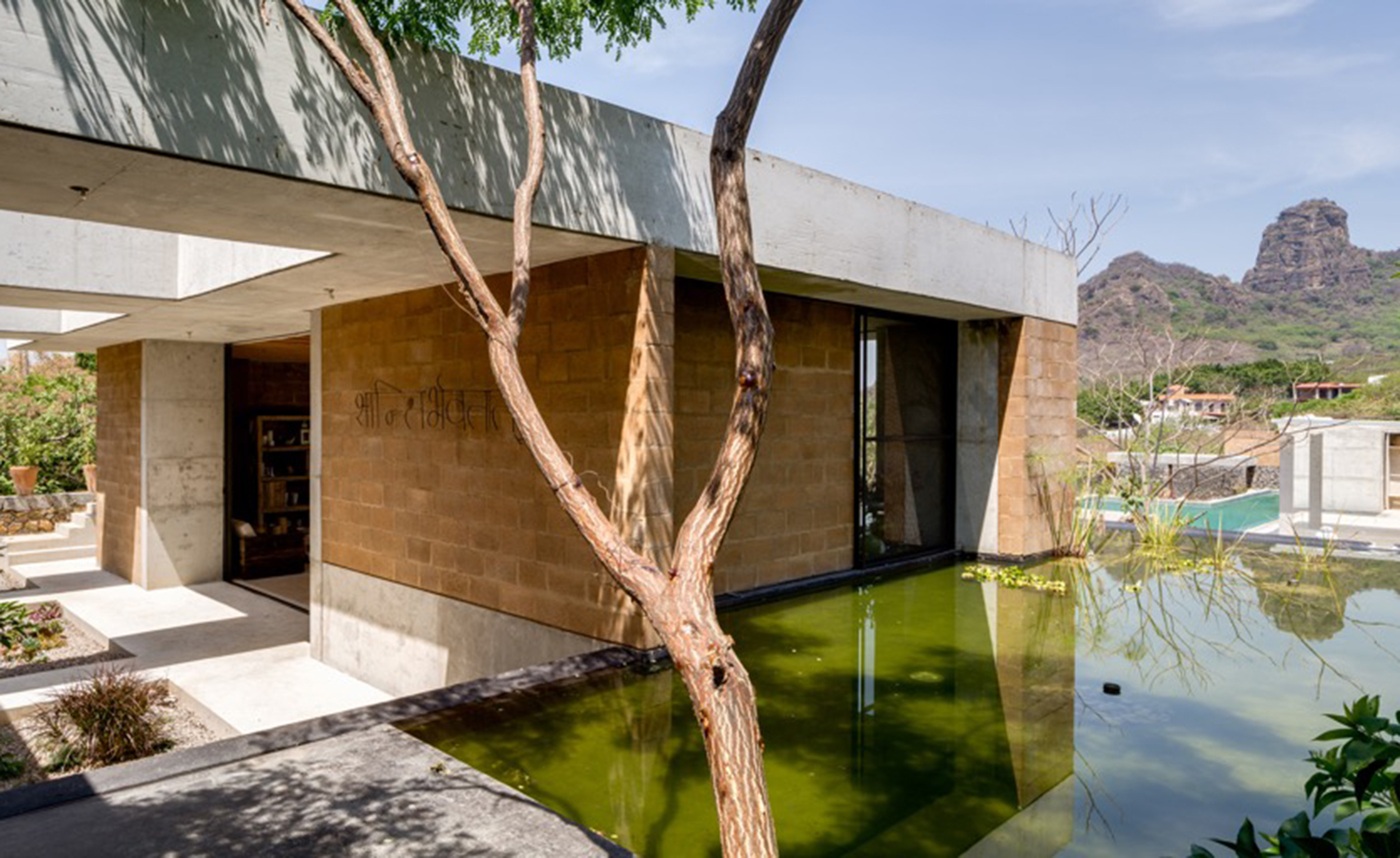
The Ambrosi Etchegaray team had a number of environmentally-focused goals in mind, when designing this project
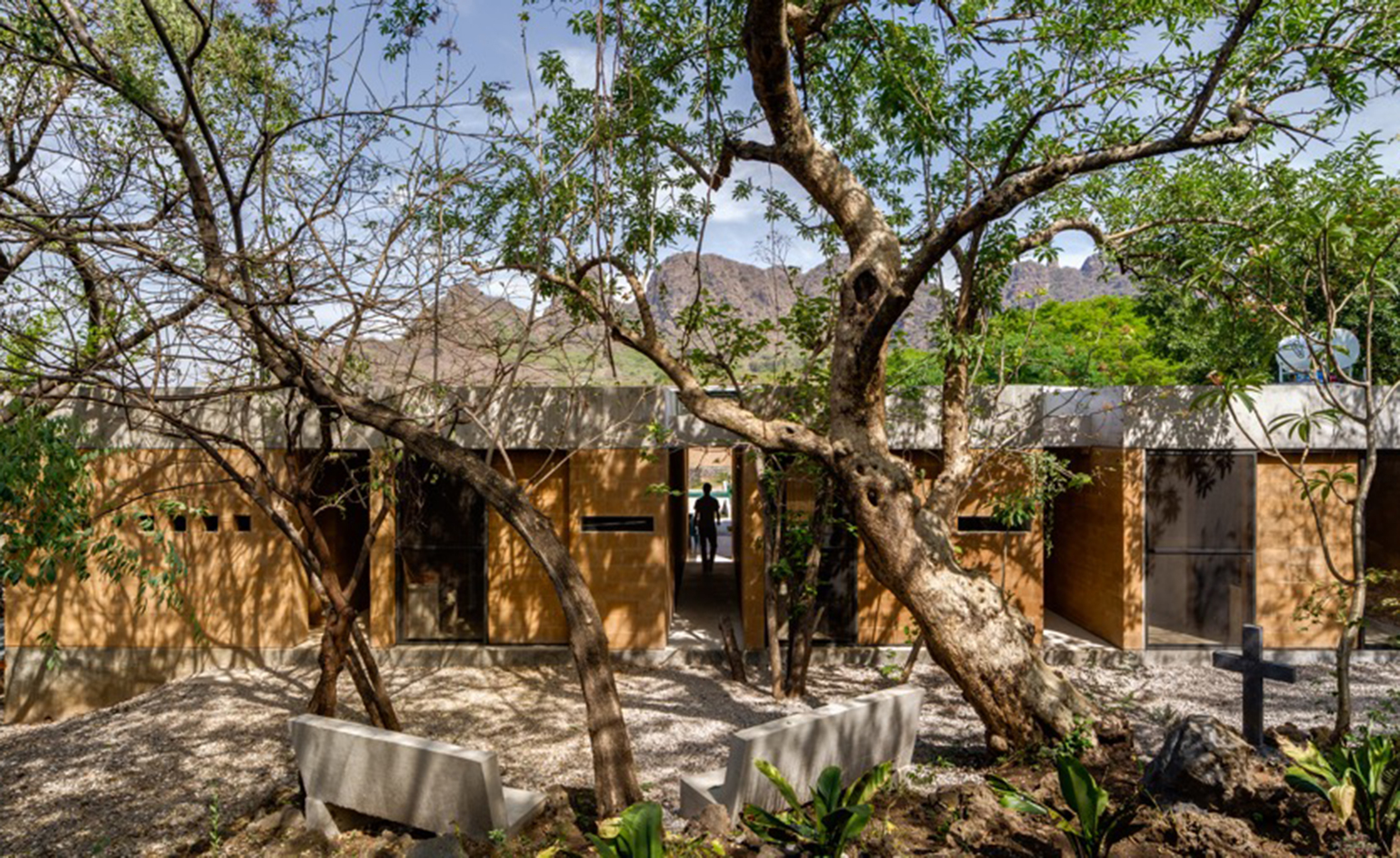
They wanted their structure to be as respectful to the surrounding mexican nature as possible, weaving it into the landscape
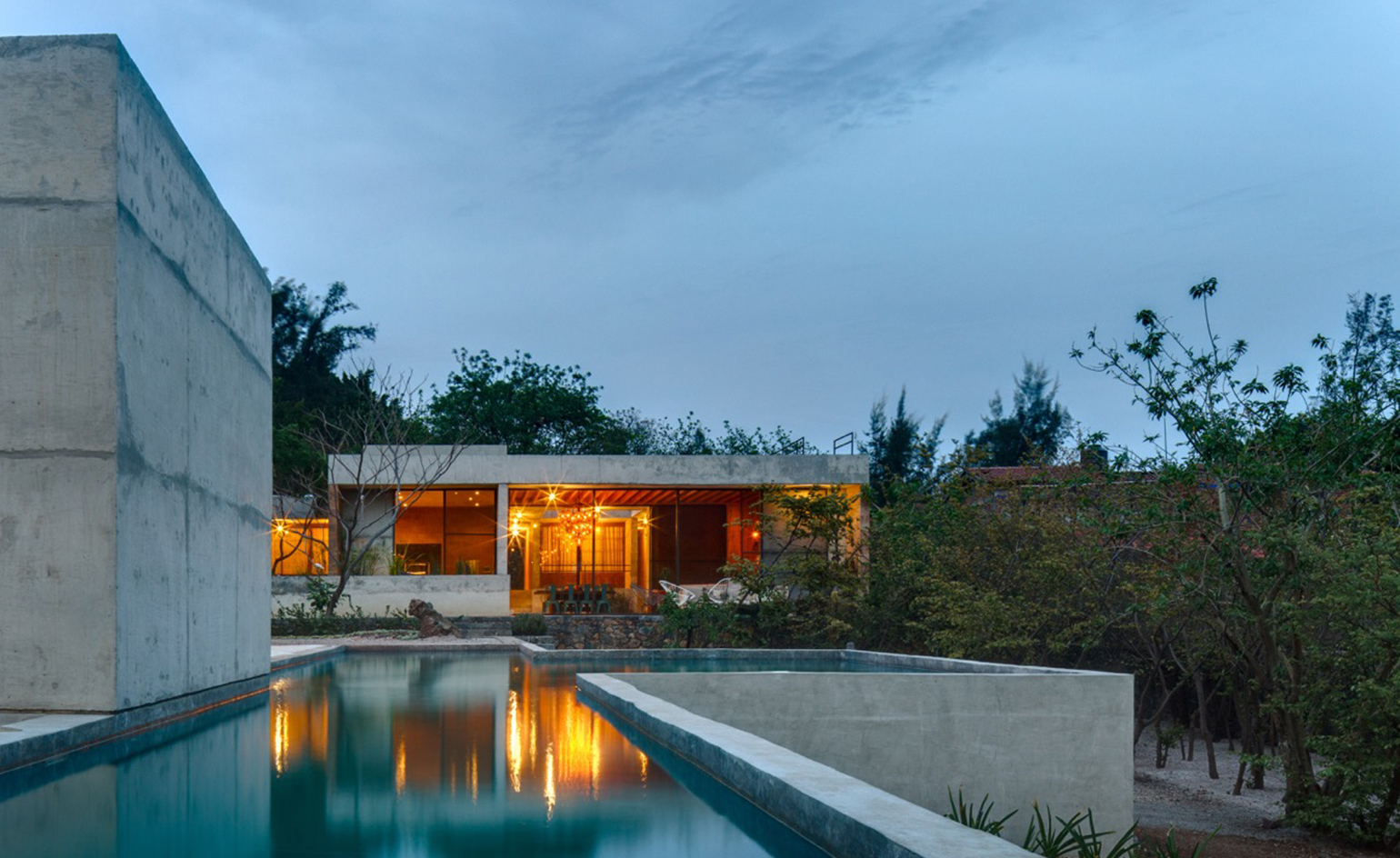
To achieve this they broke up the overall volume and embedded the house in its surroundings, allowing nature to enter the house
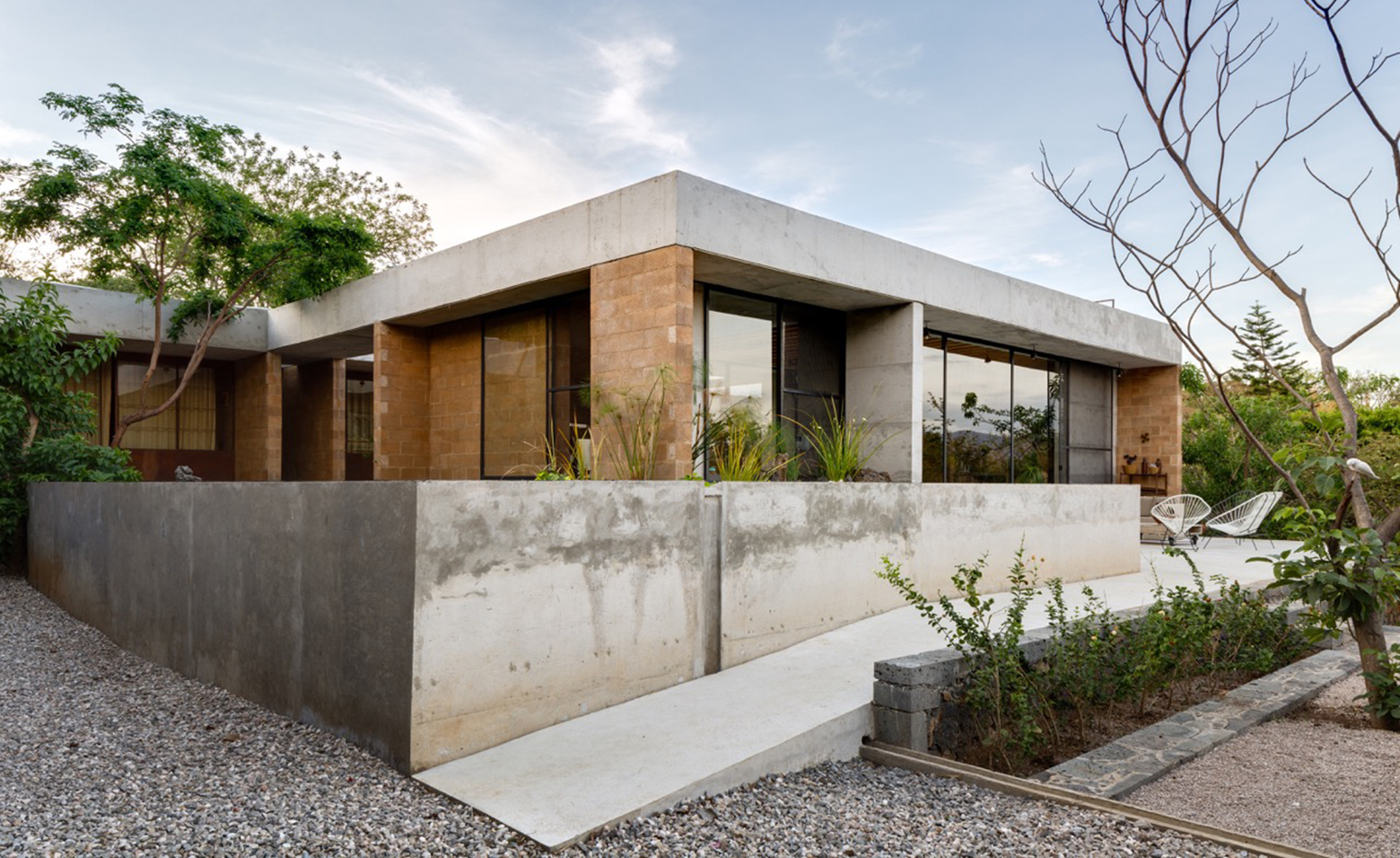
The house was built by local people from stone, adobe block, timber, marble and concrete

These raw, simple materials were chosen to emulate the materiality of the local architecture, while blending into the scenery
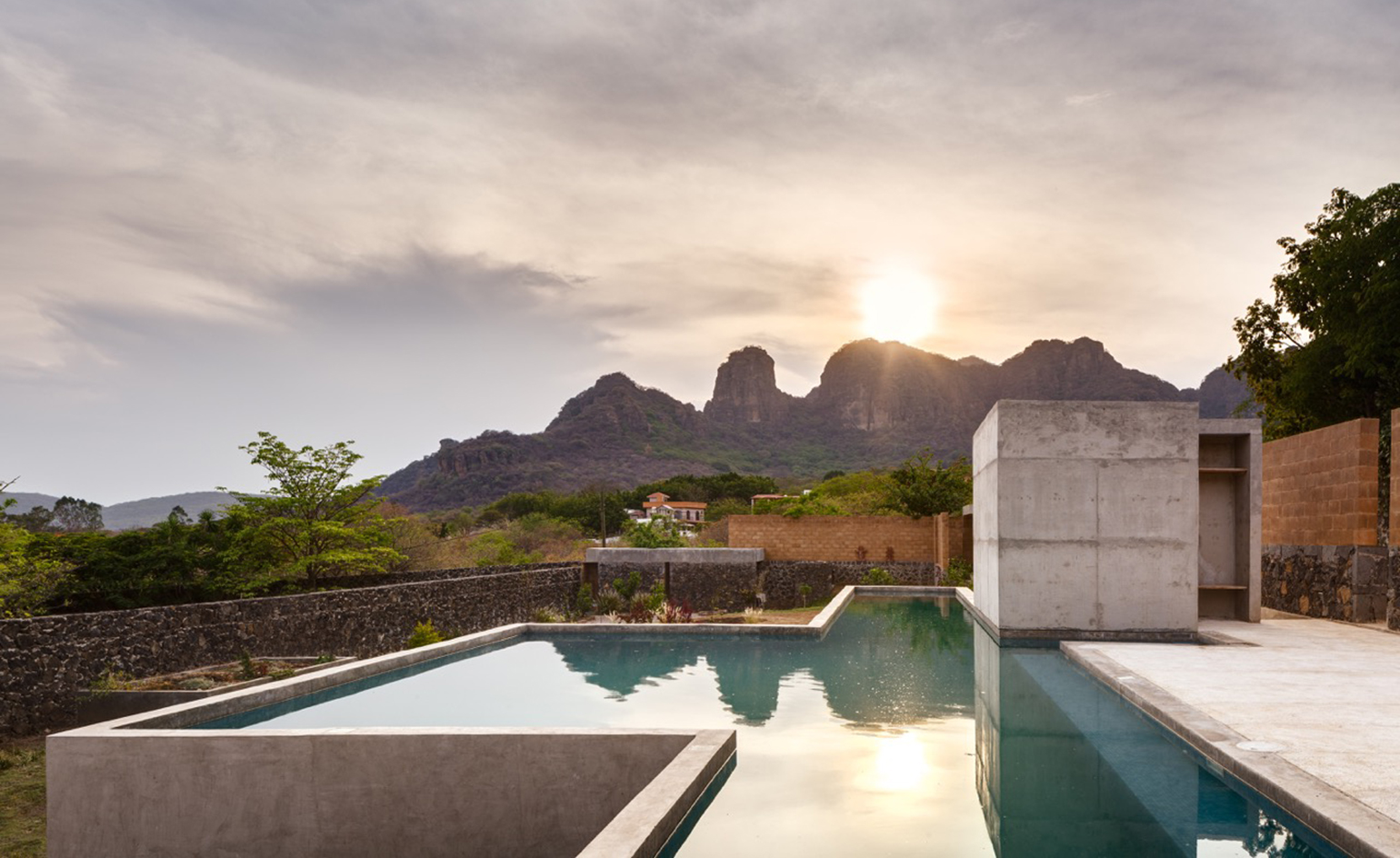
The complex features a strong water element. The architects installed cisterns for potable water collection...
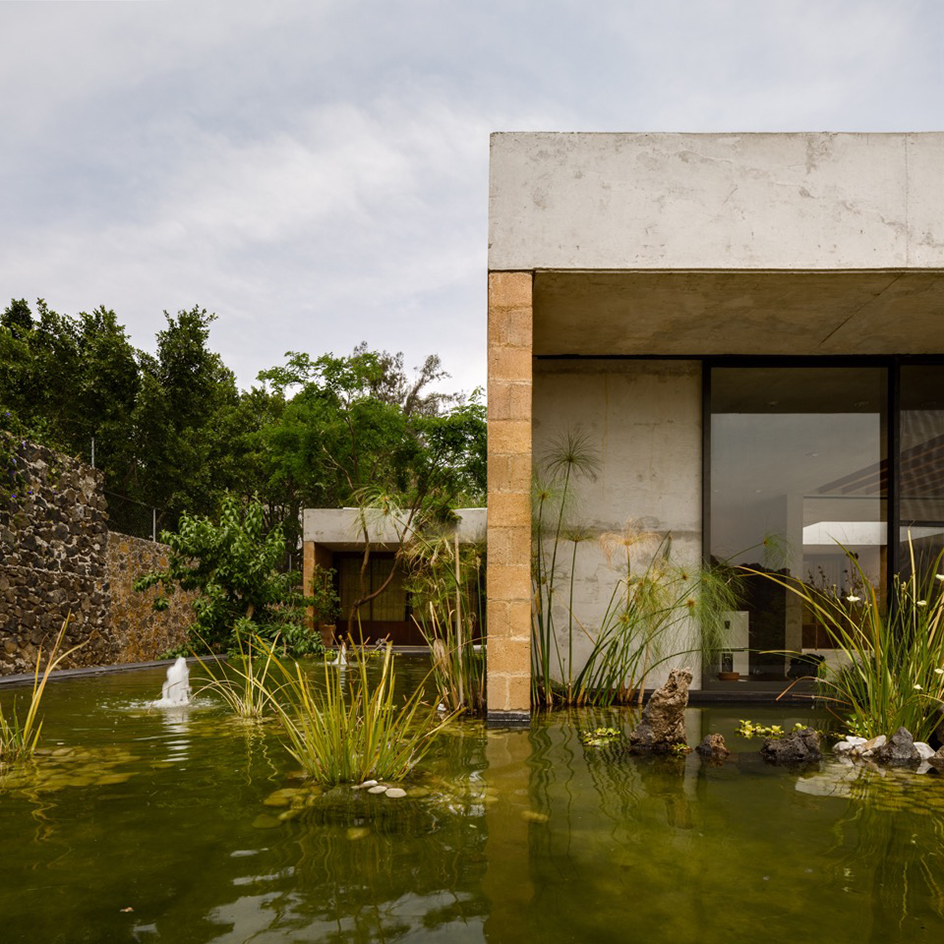
...while rainwater needed to be gathered for passive irrigation of planned landscaping
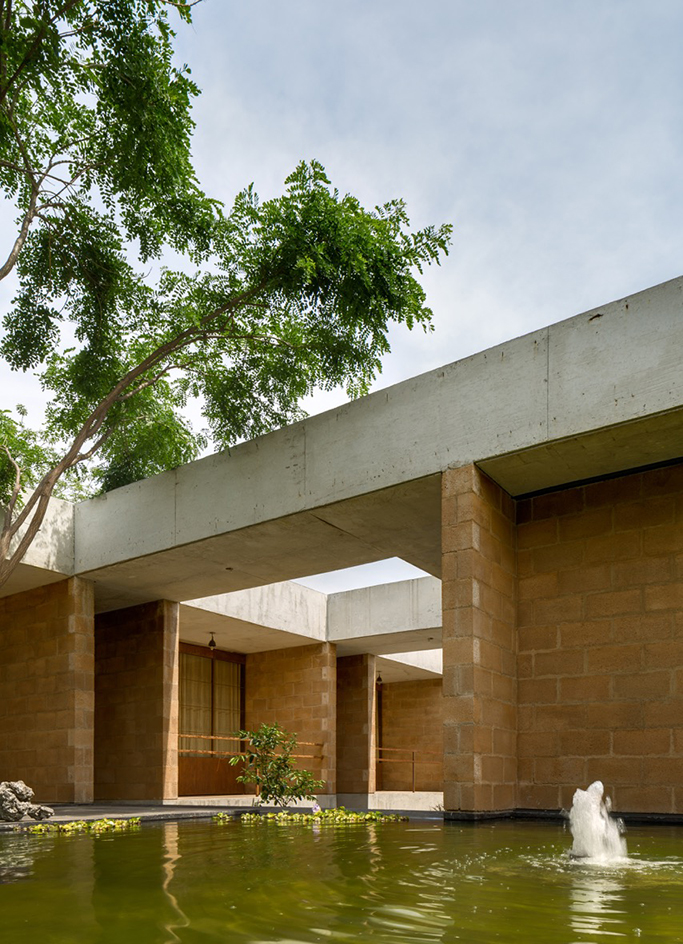
The water also serves to reduce the local high and dry temperatures
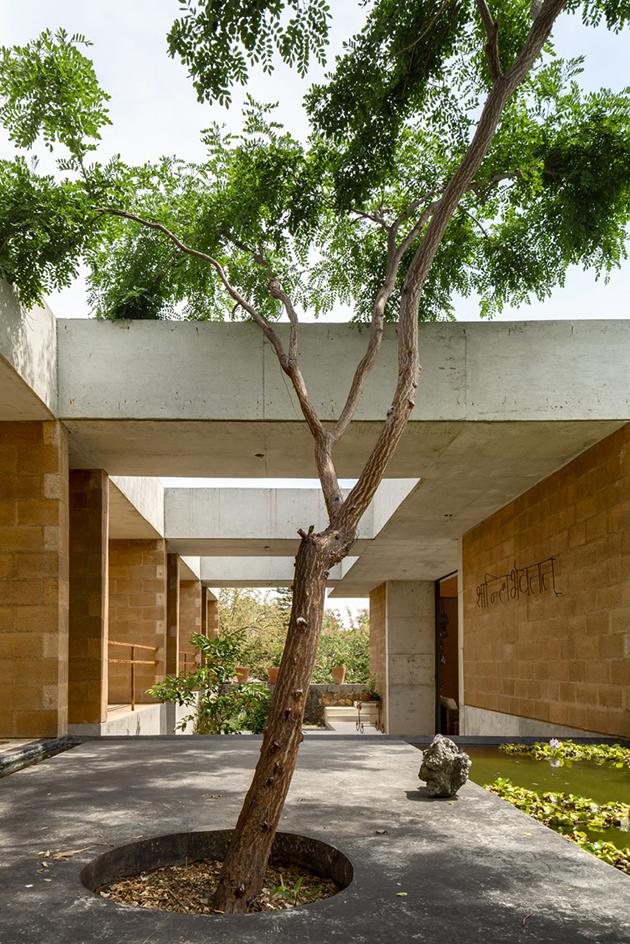
Indoors and outdoors areas blend as one in various parts of the house...
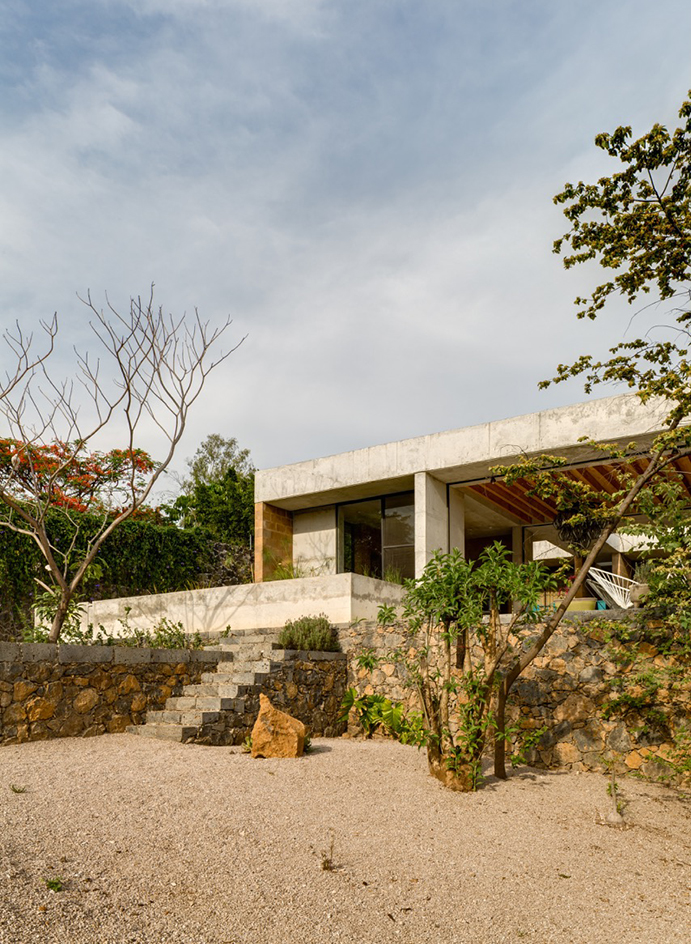
...while a large terrace was constructed at the property's highest, rear, point to best appreciate views
INFORMATION
For more information on the architects visit the Ambrosi Etchegaray website
Photography: Rafael Gamo
Wallpaper* Newsletter
Receive our daily digest of inspiration, escapism and design stories from around the world direct to your inbox.
-
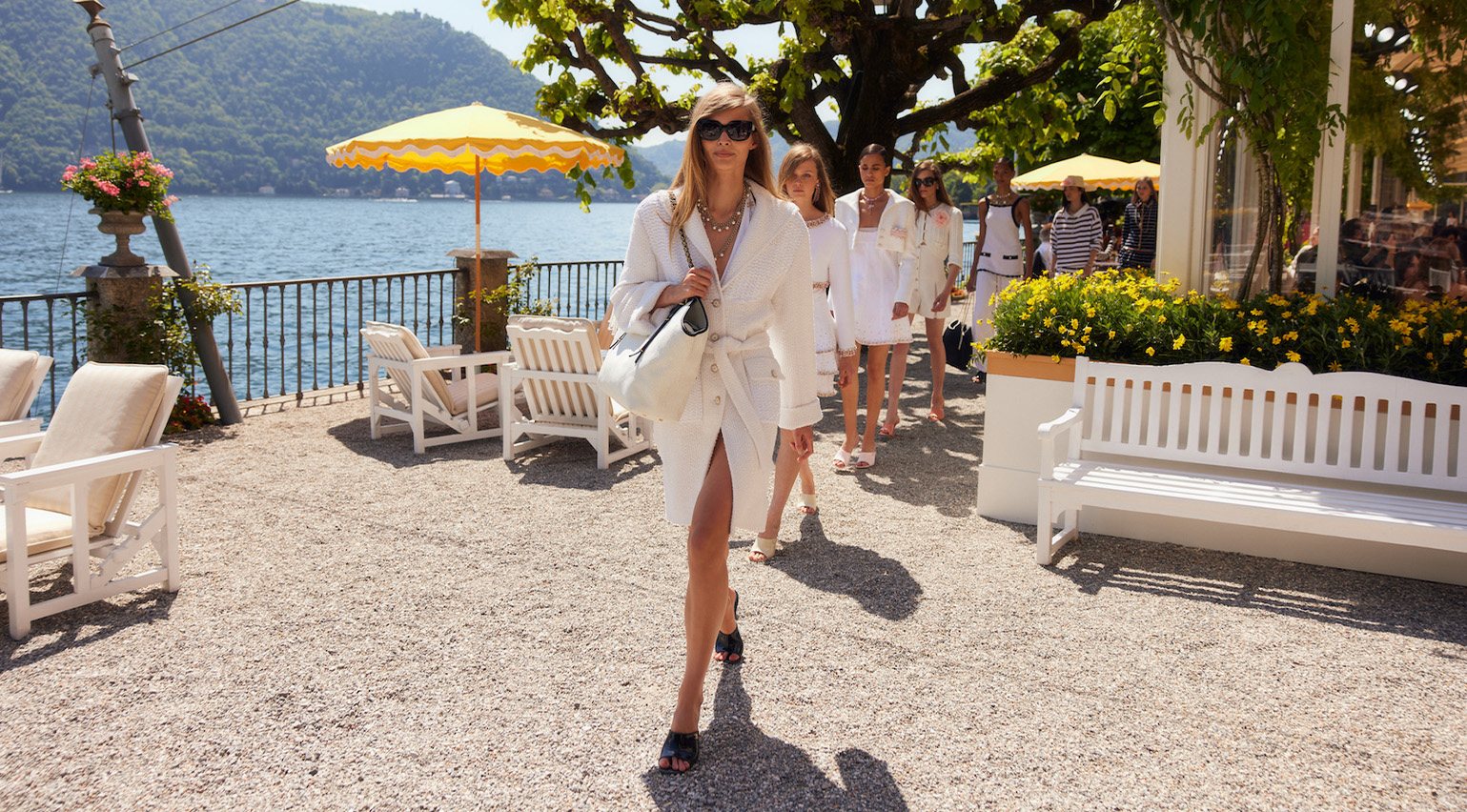 Highlights from the transporting Cruise 2026 shows
Highlights from the transporting Cruise 2026 showsThe Cruise 2026 season began yesterday with a Chanel show at Lake Como, heralding the start of a series of jet-setting, destination runway shows from fashion’s biggest houses
-
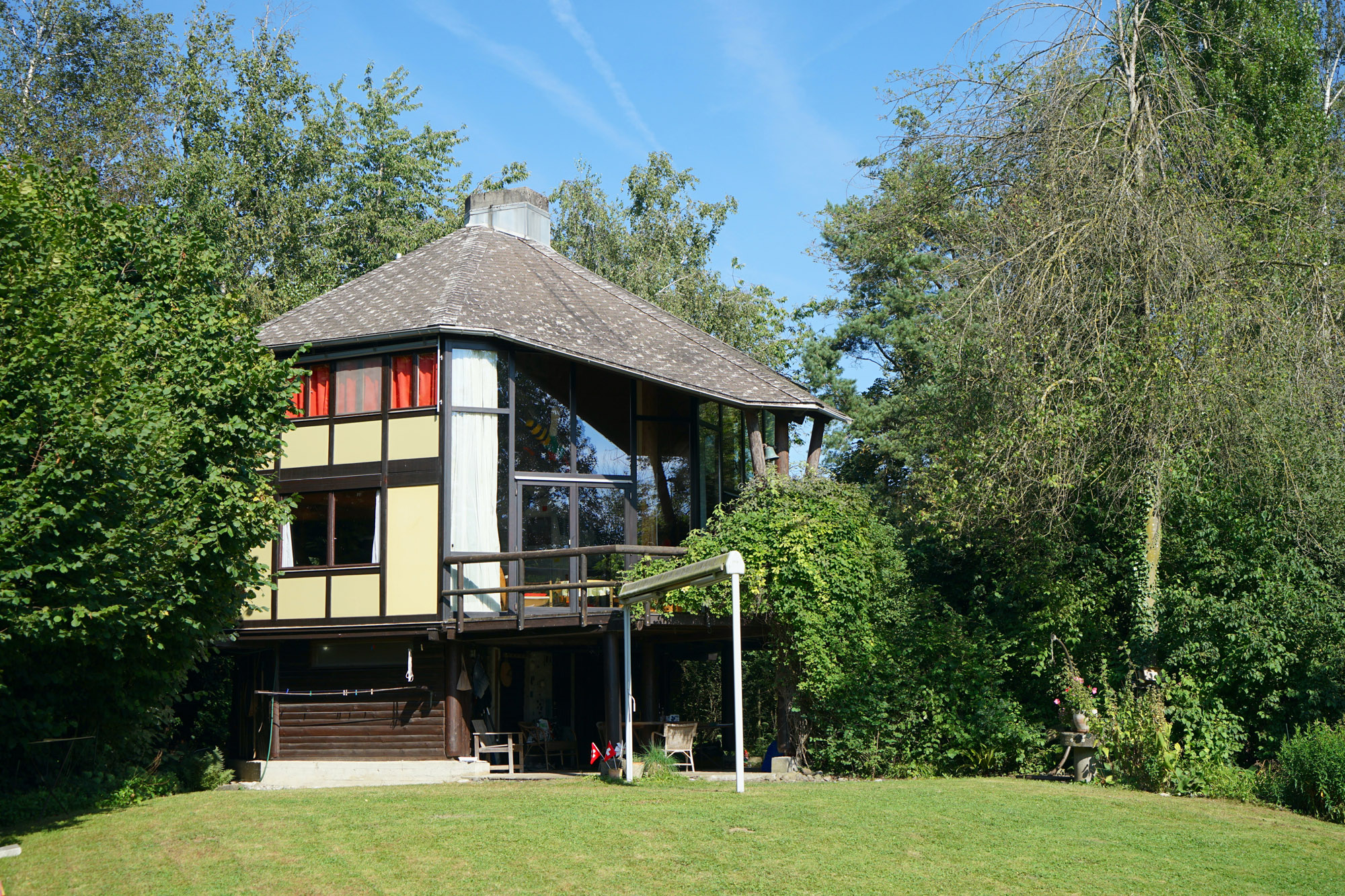 Behind the design of national pavilions in Venice: three studios to know
Behind the design of national pavilions in Venice: three studios to knowDesigning the British, Swiss and Mexican national pavilions at the Venice Architecture Biennale 2025 are three outstanding studios to know before you go
-
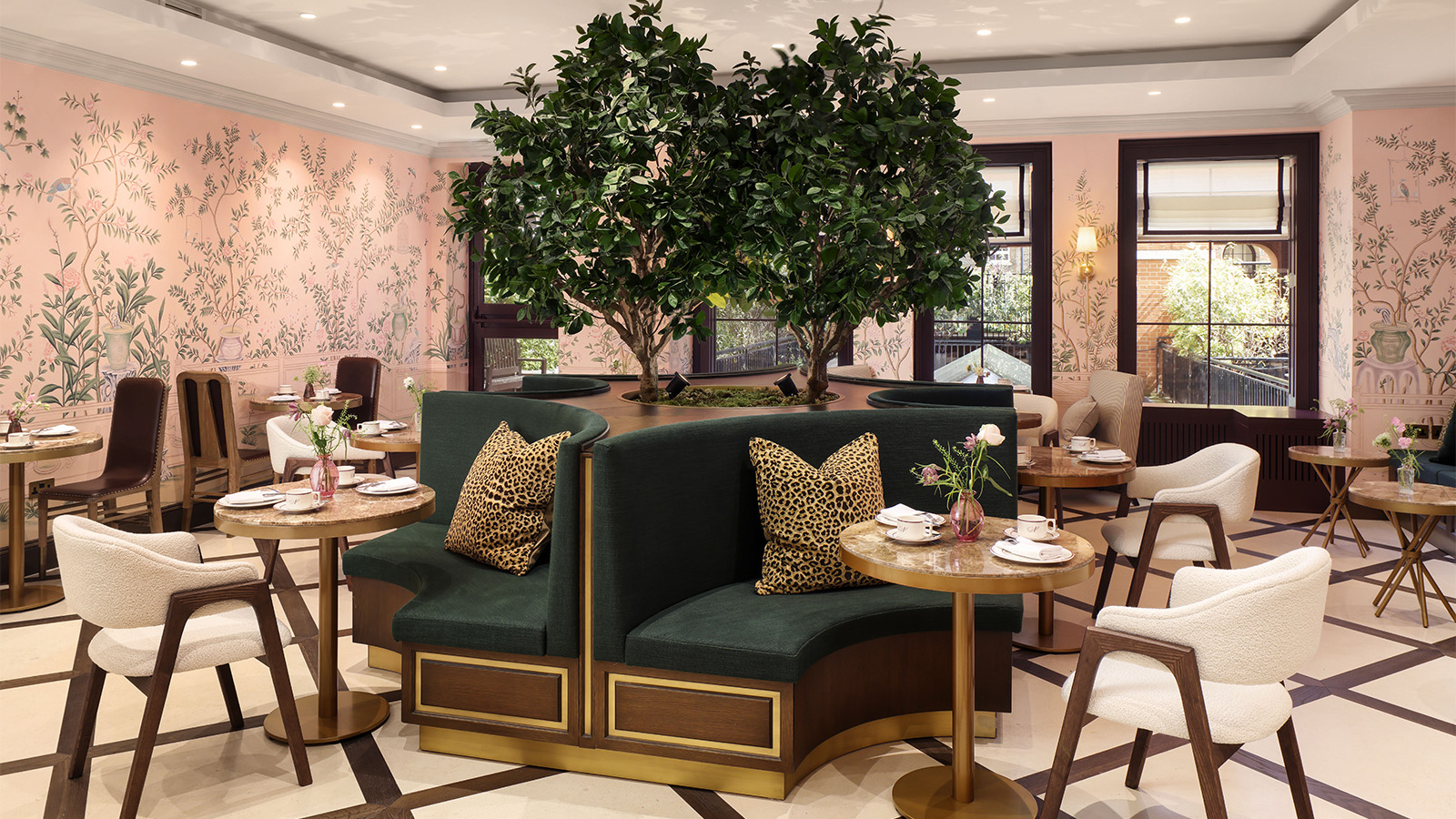 Premium patisserie Naya is Mayfair’s latest sweet spot
Premium patisserie Naya is Mayfair’s latest sweet spotHeritage meets opulence at Naya bakery in Mayfair, London. With interiors by India Hicks and Anna Goulandris, the patisserie looks good enough to eat
-
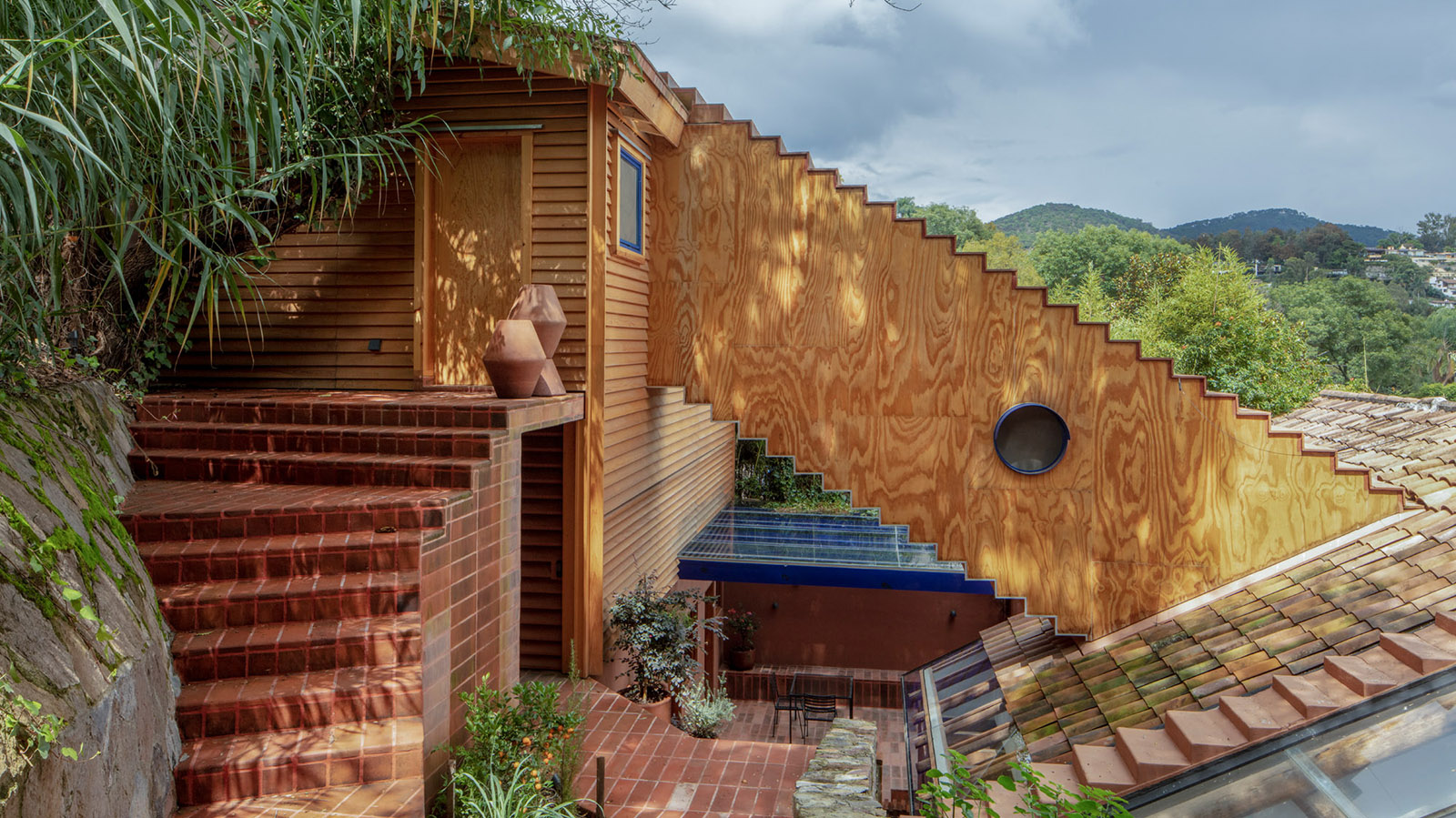 Pedro y Juana's take on architecture: 'We want to level the playing field’
Pedro y Juana's take on architecture: 'We want to level the playing field’Mexico City-based architects Pedro y Juana bring their transdisciplinary, participatory approach to the Mexico pavilion at the Venice Architecture Biennale 2025; find out more
-
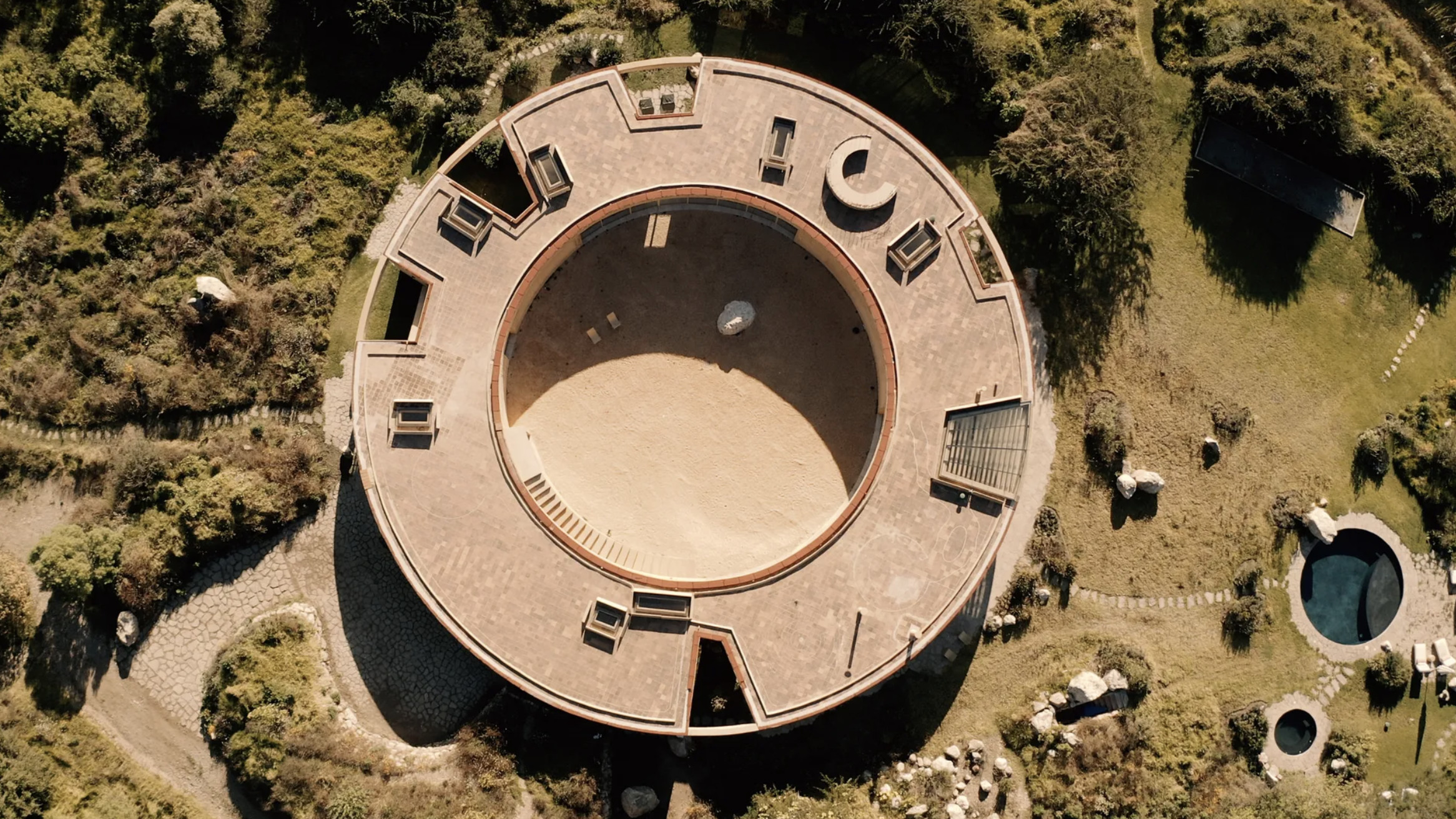 Tour the wonderful homes of ‘Casa Mexicana’, an ode to residential architecture in Mexico
Tour the wonderful homes of ‘Casa Mexicana’, an ode to residential architecture in Mexico‘Casa Mexicana’ is a new book celebrating the country’s residential architecture, highlighting its influence across the world
-
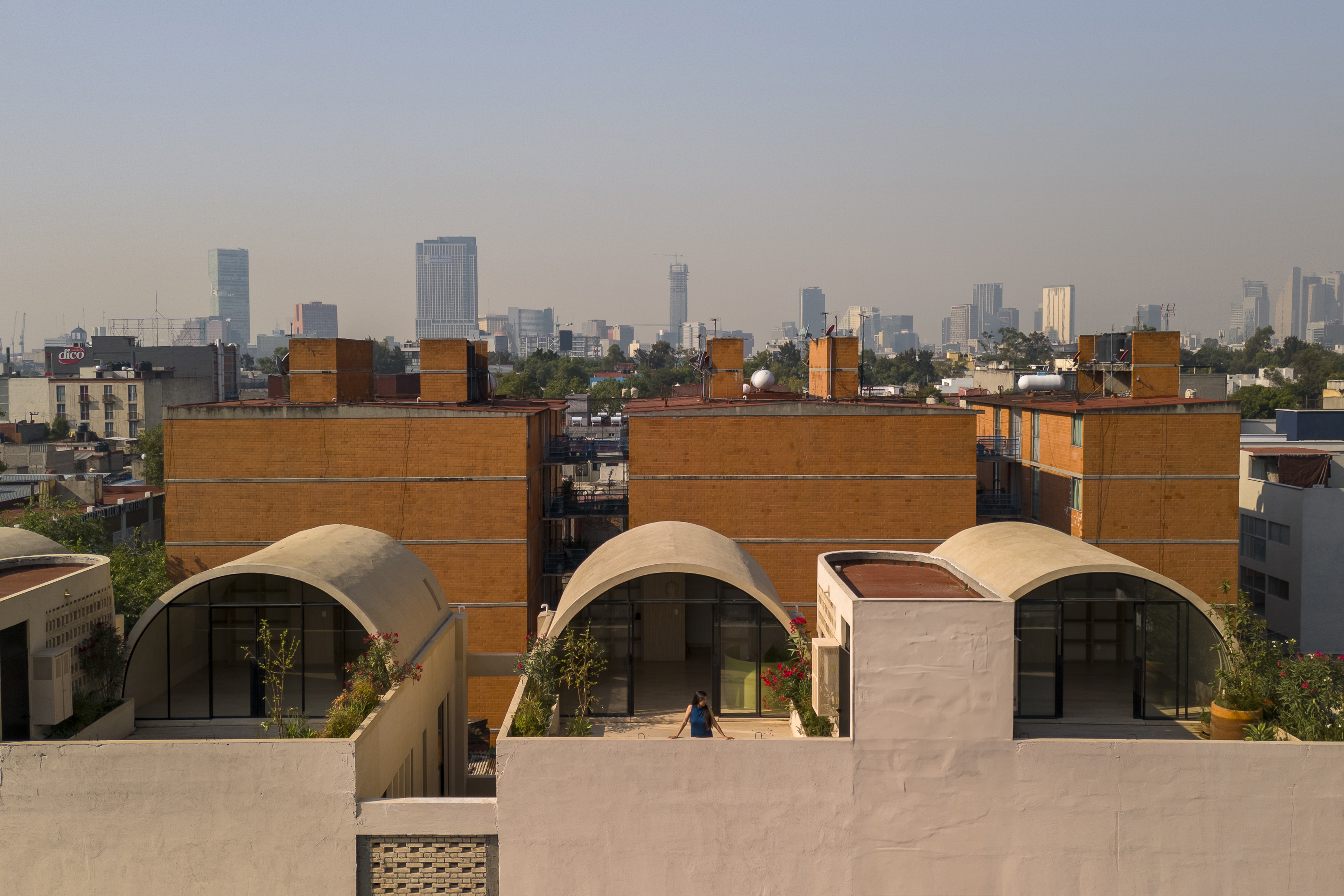 A barrel vault rooftop adds drama to these homes in Mexico City
A barrel vault rooftop adds drama to these homes in Mexico CityExplore Mariano Azuela 194, a housing project by Bloqe Arquitetura, which celebrates Mexico City's Santa Maria la Ribera neighbourhood
-
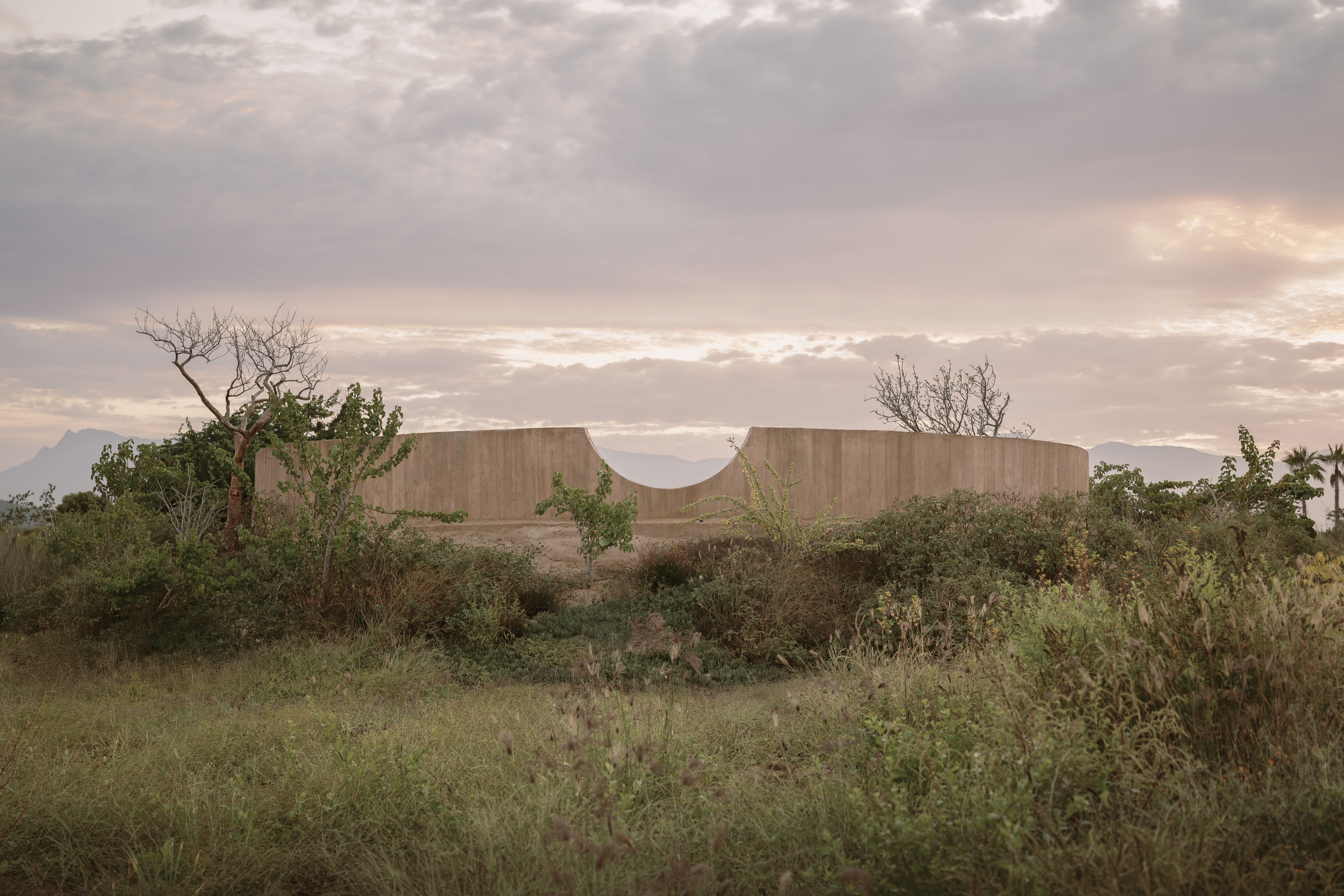 Explore a minimalist, non-religious ceremony space in the Baja California Desert
Explore a minimalist, non-religious ceremony space in the Baja California DesertSpiritual Enclosure, a minimalist, non-religious ceremony space designed by Ruben Valdez in Mexico's Baja California Desert, offers flexibility and calm
-
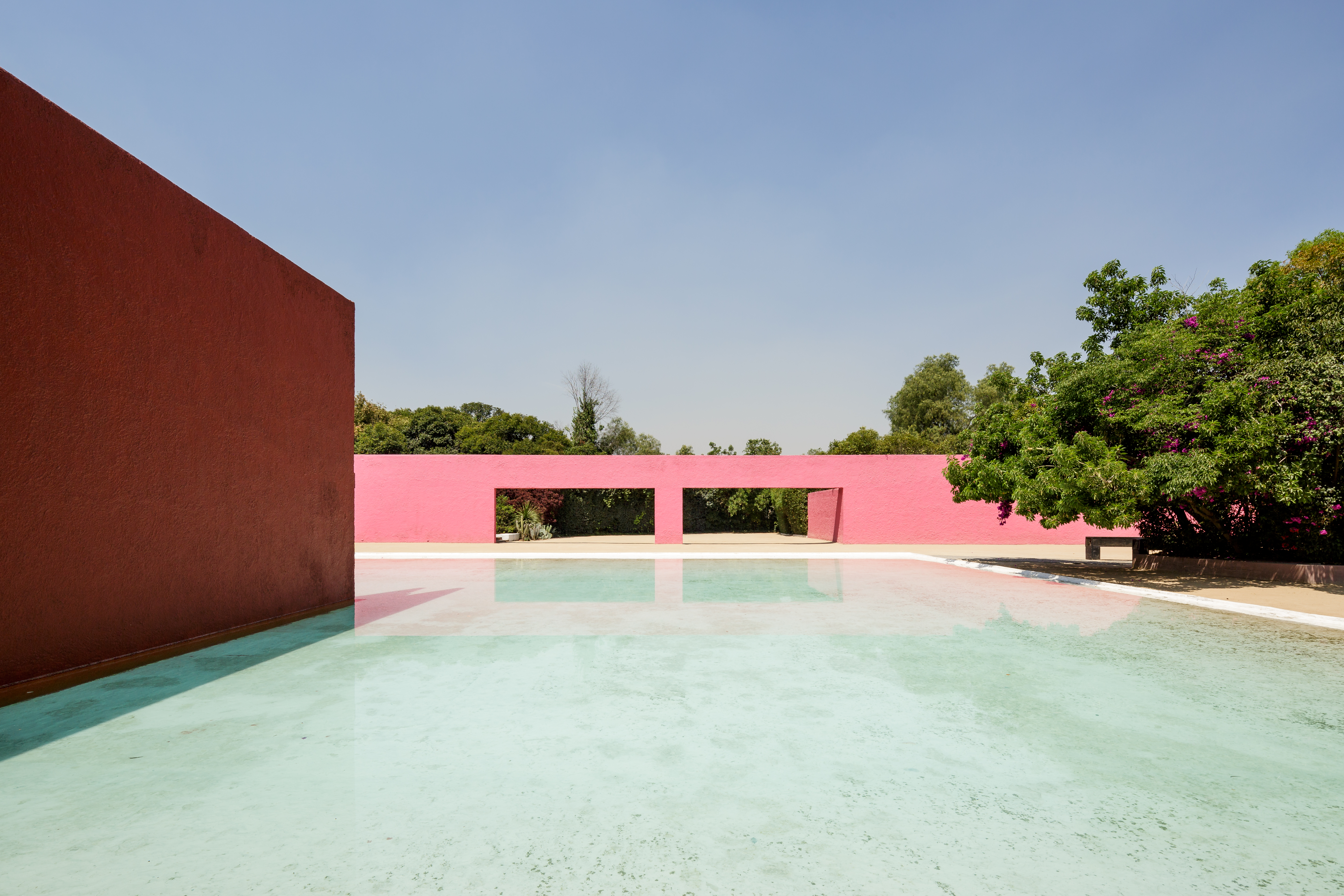 La Cuadra: Luis Barragán’s Mexico modernist icon enters a new chapter
La Cuadra: Luis Barragán’s Mexico modernist icon enters a new chapterLa Cuadra San Cristóbal by Luis Barragán is reborn through a Fundación Fernando Romero initiative in Mexico City; we meet with the foundation's founder, architect and design curator Fernando Romero to discuss the plans
-
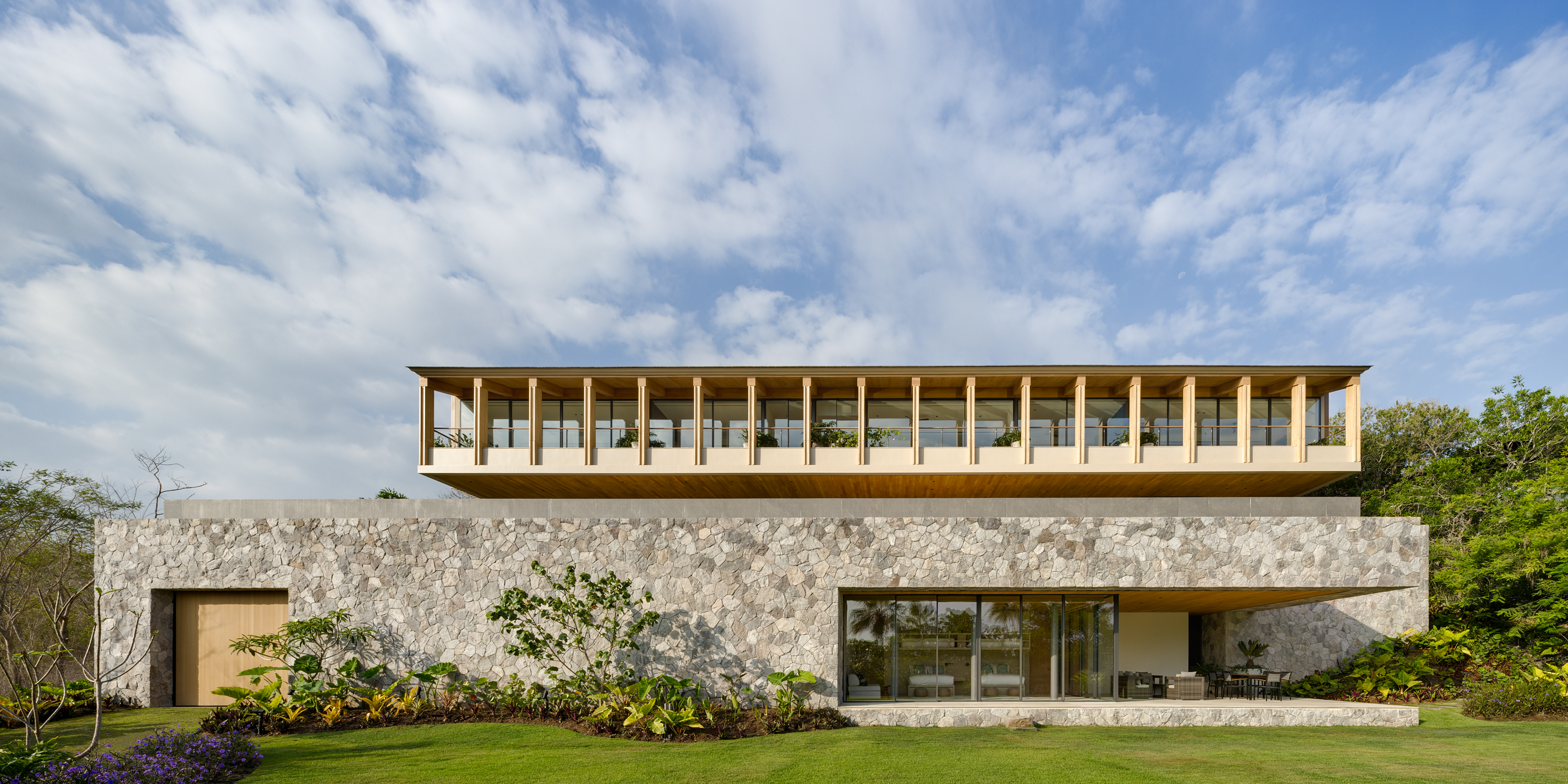 Enjoy whale watching from this east coast villa in Mexico, a contemporary oceanside gem
Enjoy whale watching from this east coast villa in Mexico, a contemporary oceanside gemEast coast villa Casa Tupika in Riviera Nayarit, Mexico, is designed by architecture studios BLANCASMORAN and Rzero to be in harmony with its coastal and tropical context
-
 Mexico's long-lived football club Atlas FC unveils its new grounds
Mexico's long-lived football club Atlas FC unveils its new groundsSordo Madaleno designs a new home for Atlas FC; welcome to Academia Atlas, including six professional football fields, clubhouses, applied sport science facilities and administrative offices
-
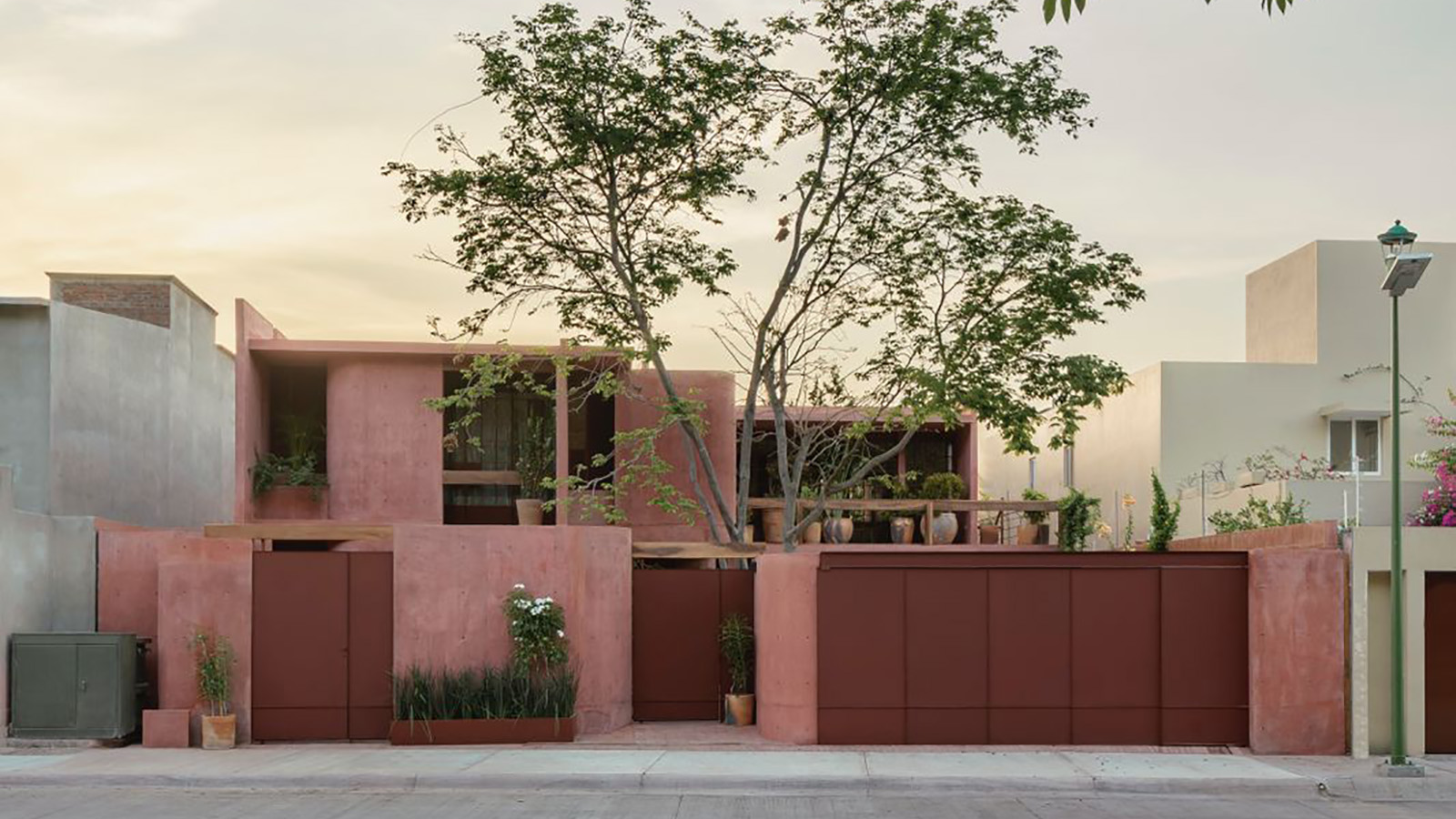 Discover Casa Roja, a red spatial exploration of a house in Mexico
Discover Casa Roja, a red spatial exploration of a house in MexicoCasa Roja, a red house in Mexico by architect Angel Garcia, is a spatial exploration of indoor and outdoor relationships with a deeply site-specific approach